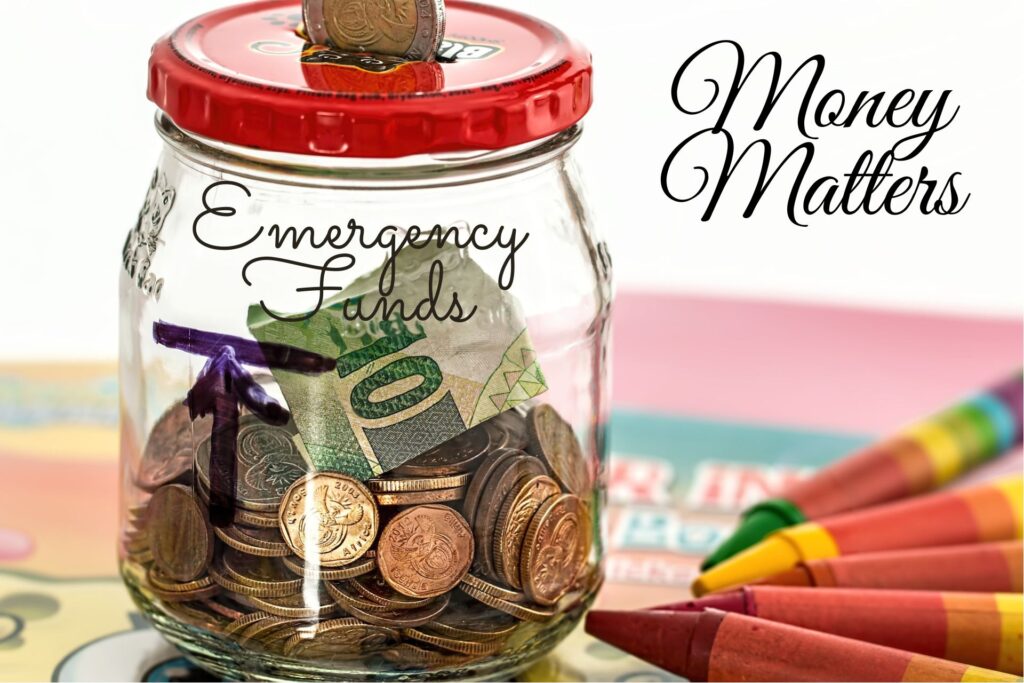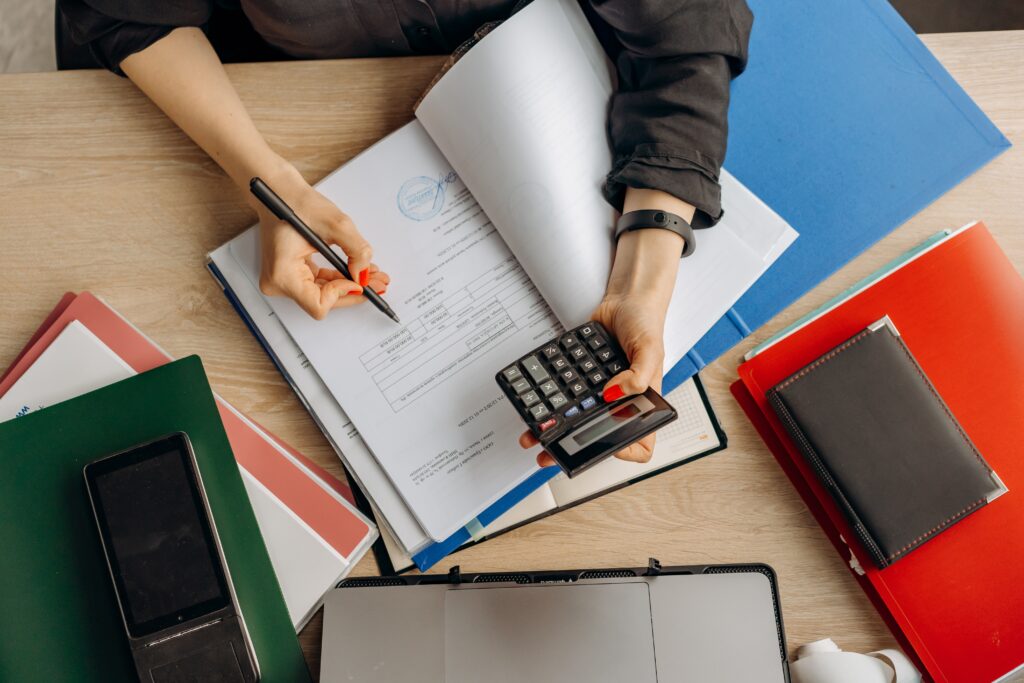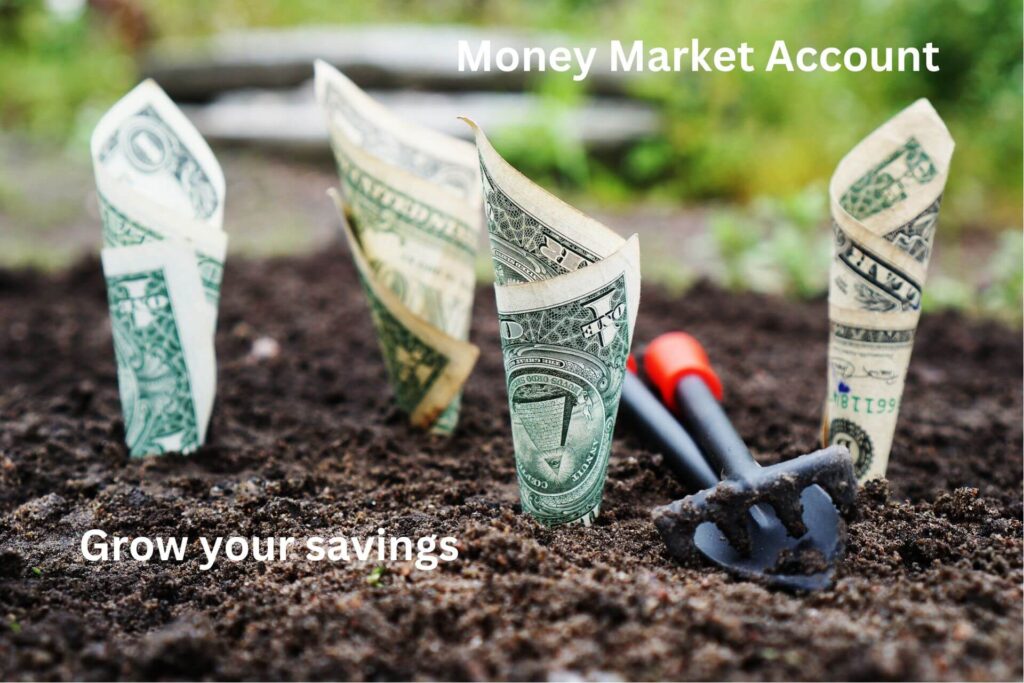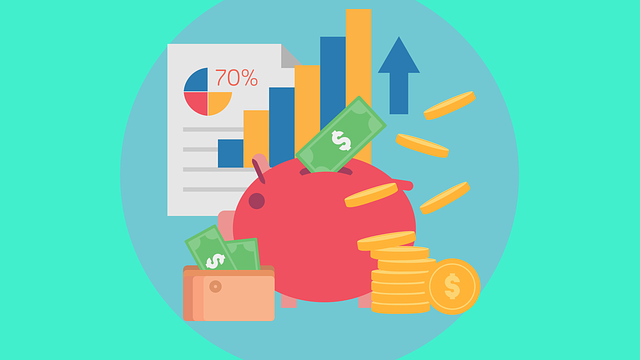
Emergency fund can mean the difference between financial stability and financial ruin. A recent survey by Bankrate in July 2021 indicates over 50% of Americans lack enough savings for a 3-month emergency fund.
This article will cover emergency funds and why you need one. We’ll also discuss setting up, building, and keeping an emergency fund. We’ll wrap up on emergency funds frequently asked questions.
Do you have an emergency fund?
What Is An Emergency Fund?
An emergency fund is a stash of money for unexpected expenses or financial emergencies such as loss of income, medical bills, or car repairs. It is a safety net to protect individuals or families from dipping into other savings or debt during a crisis.
Building and maintaining emergency savings is essential to financial preparedness. It provides peace of mind in the face of unforeseen circumstances.
Why Do You Need an Emergency Fund?
Having an emergency fund or cash reserve fund is essential for financial security and peace of mind. It allows you to handle unexpected expenses or emergencies without using credit cards or taking high-interest loans. With an emergency fund, you can confidently navigate life’s uncertainties and maintain financial stability.
How Much Money Should Be in Emergency Savings?
There is no set rule for how much you should save for an emergency. Financial experts recommend setting aside three to six months’ worth of living expenses in an emergency fund from your paycheck.
How Do I Create an Emergency Fund?
Setting up an emergency fund is a crucial step toward achieving financial stability. Here are five steps to create an emergency fund:
- Determine the amount needed for an emergency fund
The first step is determining how much money you need to save. Experts recommend saving three to six months’ worth of living expenses in your emergency fund.
- Identify monthly expenses
You must know your monthly expenses to determine how much money you need to save. Review your budget, and consider rent, utilities, groceries, and transportation expenses.
- Choose a savings account
Choosing a savings account is crucial in setting up an emergency fund. Consider an account that offers a high-interest rate, low fees, and easy access to your money.
- Establish a savings plan
After determining the amount needed and choosing a savings account, the next step is to establish a savings plan. Determine how much money you can save each month and set up automatic transfers from your checking account to your savings account. If you get a bonus or a tax refund, it is wise to deposit a portion of it in your emergency fund.
- Stay committed
Sticking to your savings plan is critical. It may take time to build your emergency fund, but staying committed to your plan will help you achieve financial security. Use your funds only in the event of an emergency.
How to Build an Emergency Fund

Building an emergency fund is a crucial step in securing your financial future. By setting aside money specifically for unexpected expenses, you can protect yourself from financial hardship and ensure peace of mind.
Whether it’s a medical emergency, car repair, or job loss, having an emergency fund gives you the stability and confidence to handle any unforeseen circumstances that may arise.
There are two ways to build your emergency fund:
(i) Actively: Involves regularly setting aside money from your income and intentionally contributing to your fund.
(ii)Passively: Involves using tools such as cashback rewards and automatic savings plans. Or rounding up purchases to the nearest dollar to accumulate savings over time without much effort.
Follow these tips to build up an emergency fund successfully.
1. Adopt Good Financial Habits
Good financial habits can go a long way in helping you build an emergency fund. By:
- Create a budget and stick to it
- Avoid impulse buying and unnecessary expenses
- Invest in retirement accounts and other long-term savings plans
- Maintain an emergency fund with 3-6 months of living expenses
- Review and adjust your financial plan regularly to ensure it aligns with your goals
2. Eliminate short-term debt
Debt can be a significant obstacle to building an emergency fund. If you’re using most of your income to pay off debts, you’ll have little to no money for an emergency fund.
Therefore, it is essential to eliminate short-term debt to ensure you allocate funds to build up your emergency savings account. Once you have paid off any outstanding debts, you can set up an emergency fund.
3. Track expenses
Tracking your expenditures is crucial to building an emergency fund. Here are strategies to help you track expenses:
- Use a budgeting app or spreadsheet to track expenses
- Categorise costs (e.g., housing, transportation, food) to identify areas for potential cost savings
- Review credit card and bank statements regularly to ensure accuracy and identify any fraudulent charges
- Set savings goals for specific expenses (e.g., vacation, home repairs) and track progress toward those goals
- Analyse spending trends over time to identify areas where you may need to adjust your budget
4. Diversify your income streams
It is essential to have multiple sources of income. Relying on a single job or income stream can leave you vulnerable to financial setbacks. Thus, setting aside funds for emergencies while managing other expenses takes a lot of work.
Diversifying your income streams helps to grow savings faster, giving you a buffer to fall back on in times of need. Starting a side hustle, such as bonuses to fund your emergency savings account, can increase your income. Investing in stocks, index funds, or real estate can also generate returns that contribute to your emergency fund.
5. Live within your means
In a society that values material possessions and social status, it’s easy to get caught up in trying to keep up with others. However, evaluating your current financial situation and living a sustainable life aligned with your financial goals is essential.
Living above your means will likely result in taking out loans and accumulating more debt, hindering your savings goals. By living within your means, you can avoid financial stress and focus on building a solid financial foundation.
Where Do I Put Money for My Emergency Fund?
It is vital to keep your emergency savings in a secure and easily accessible location. It is also wise to choose an account insured by the FDIC to protect your money.
High-Yield Savings Account
A high-yield savings account such as Marcus Online Saving Account is an excellent place to keep your funds for a rainy day. They offer a higher annual percentage yield (APYs) than traditional savings accounts. As of September 20, 2023, Marcus Online Savings Account offers an interest rate that’s eight times the average national rate for traditional savings accounts.
With a high-yield saving account, you can earn up to 5.25%. They are also FDIC-insured, meaning your money is protected up to $250,000 if the bank fails.
Money Market Account

Money market accounts are similar to high-yield savings in offering higher interest rates than traditional ones. They may also offer check-writing privileges, making it easier to access your emergency fund when needed. They are also FDIC-insured.
These accounts are a great way to grow your savings, but there is a catch. The requirements to open and maintain such accounts are usually more stringent than regular savings accounts.
It includes making a higher initial deposit and maintaining a higher monthly balance to avoid incurring monthly fees. Considering these requirements before opening one is vital to avoid unnecessary charges or penalties.
Certificate of Deposit (CD)
A certificate of deposit is a type of savings account that requires you to deposit a fixed amount of money for a fixed period. CDs typically offer higher interest rates than savings accounts, but your money is locked in for the term of the CD. You may face penalties if you need to access your funds before the CD matures.
Cash

Keeping some cash on hand is always a good idea in an emergency. However, keeping the cash in a safe place, such as a fireproof safe, is the most important thing.
Ultimately, where you keep your emergency fund will depend on your personal preferences and financial situation. It’s essential to consider factors such as accessibility, interest rates, and risk.
Bottom Line

It’s never too late to start building your emergency savings, so take the first step today. Start by analyzing your budget, cutting unnecessary expenses, and setting aside a portion of your income each month.
Over time, your emergency savings will grow, providing you with a safety net during difficult times. Remember, the key is consistency and discipline. So don’t delay any longer – create your emergency fund now and safeguard your financial future.